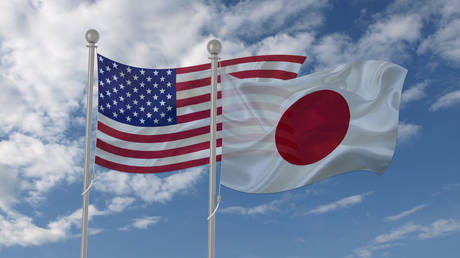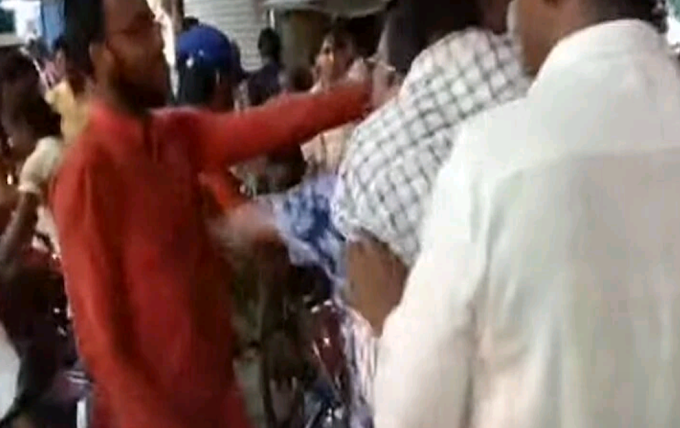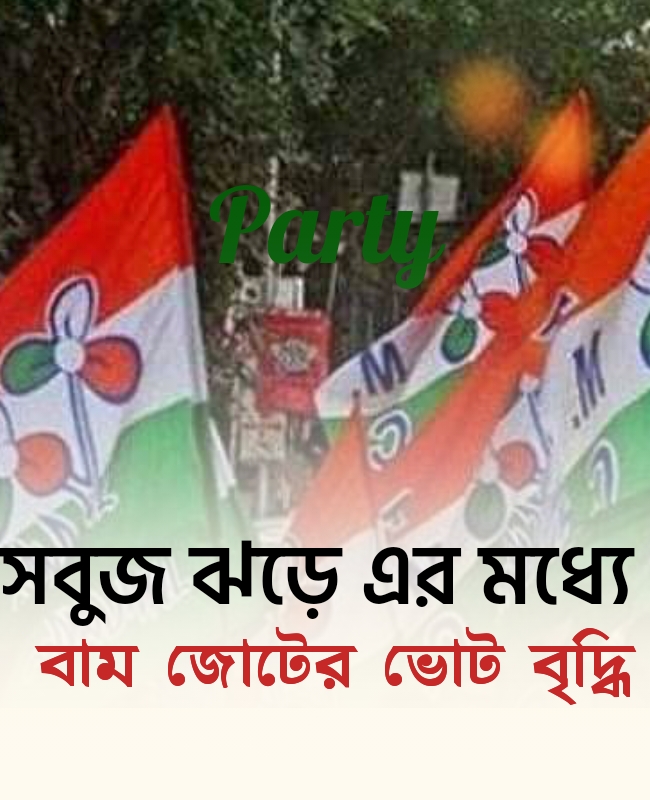LIMA, Peru – December 18, 2023 – A year after a controversial congressional vote triggered a political earthquake in Peru, the Andean nation remains in a state of simmering discontent. On December 7th, 2022, President Pedro Castillo's attempt to dissolve Congress – a move widely condemned as a self-coup – backfired spectacularly. Removed from office and labeled a "fugitive" by his adversaries, Castillo's ouster was hailed by his right-wing opponents as a necessary check on authoritarianism. However, for his supporters, it was a blatant coup d'état, a theft of democracy, and a violation of the fragile balance of power that had kept Peru afloat for years.
A Divided Nation:
Dina Boluarte, Castillo's then-vice president, assumed the presidency, vowing to heal the nation's wounds. But the wounds have only festered. Public opinion polls show Peru deeply divided: 52% believe Castillo's removal was legitimate, while 48% see it as a coup. Protests demanding Boluarte's resignation and fresh elections have become a near-weekly occurrence, punctuated by sporadic bursts of violence. In December alone, at least 20 people have died and hundreds injured in clashes between protesters and security forces.
Leftist Legacy Haunts the Present:
Castillo, a rural schoolteacher with no prior political experience, rode a wave of anti-establishment anger to victory in 2021. His leftist platform of social reforms and redistribution of wealth resonated with millions of Peruvians, particularly in the impoverished countryside. Despite his erratic governance and accusations of corruption, Castillo's legacy continues to inspire grassroots movements.
His supporters, a mix of indigenous groups, peasant farmers, and urban poor, view him as a symbol of their long-marginalized voices. They see the current government as illegitimate and accuse it of catering to the interests of the wealthy elite and transnational corporations. Their demands go beyond Boluarte's resignation: they want Castillo reinstated, a new constitution, and a fundamental shift in Peru's political and economic power dynamics.
Uncertain Future:
The current government, facing both internal divisions and mounting pressure from the streets, appears increasingly fragile. Calls for international intervention are growing, with some factions demanding the United Nations or human rights organizations mediate a solution.
The coming months will be crucial for Peru. Can Boluarte navigate the political storm and forge a path towards reconciliation, or will the country descend further into chaos? Will Castillo's legacy continue to fuel dissent, or will his supporters eventually accept his removal and channel their discontent into peaceful avenues for change? The answers to these questions will not only determine Peru's immediate future but also send a powerful message about the state of democracy in a region increasingly polarized between progressive and conservative forces.
The Peruvian political crisis is not only a clash of ideologies and ambitions, but also a battleground for control of the narrative. Media outlets across the spectrum are accused of bias, manipulation, and even actively fanning the flames of unrest.
Right-wing outlets: long critical of Castillo's leftist leanings, portrayed his ouster as a glorious vindication. They lauded Boluarte as a savior of democracy and demonized protesters as violent radicals. Critics accuse them of cherry-picking information, downplaying human rights violations by security forces, and amplifying narratives that delegitimize dissent.
Pro-Castillo media: on the other hand, paint a starkly different picture. They depict the former president as a victim of a right-wing conspiracy, his removal as a blatant coup, and the protests as legitimate expressions of popular outrage. These outlets are accused of downplaying corruption allegations against Castillo, presenting only his supporters' views, and contributing to an atmosphere of polarization and distrust.
Social media: increasingly the go-to news source for many Peruvians, has become a breeding ground for disinformation and echo chambers. Fake news, manipulated videos, and inflammatory rhetoric spread like wildfire, further entrenching existing biases and making it difficult to discern truth from fiction.
Independent media: struggling for funding and facing pressure from both sides, are navigating a precarious tightrope. Their attempts to provide balanced coverage are often met with accusations of impartiality, highlighting the deep divisions within Peruvian society.
A Year's Toll: The political tumult in Peru has reverberated through the nation's economic fabric, leaving tangible wounds in its wake. As uncertainty lingers, businesses hesitate, investors hold back, and vital sectors like tourism grapple with a steep decline.
Investment Freeze: With the future hazy and the ground seemingly shifting beneath their feet, companies are reluctant to commit. Foreign direct investment has plummeted by 20% compared to pre-crisis levels, with major mining projects put on hold or scrapped altogether. This investment drought stifles economic growth, hampers job creation, and hinders vital infrastructure development.
Tourism Tumble: Peru's once-booming tourism industry, a key source of revenue and employment, has been battered by the crisis. Travel advisories, fears of violence, and disrupted transportation have led to a dramatic drop in visitor numbers. Tourism earnings have sunk by 35% compared to 2022, leaving hotels empty, tour operators struggling, and local communities dependent on tourism income facing hardship.
Confidence Crisis: The broader climate of instability has shaken business confidence, impacting everything from small retailers to major corporations. Consumer spending has dipped, credit markets tightened, and the Peruvian sol, the national currency, has lost significant value. This economic fragility breeds further uncertainty, creating a vicious cycle that's difficult to break.
Shadow on Growth: The combined effect of these factors paints a worrying picture for Peru's economic outlook. Growth projections for 2024 have been revised downwards, with fears of recession looming. This economic slowdown creates ripple effects across society, exacerbating poverty and inequality, and putting further strain on already stretched social services.
Beyond Numbers: The economic fallout is not just a matter of statistics. It has real human consequences. Job losses, dwindling incomes, and rising prices are forcing many Peruvians to make tough choices, impacting their livelihoods and basic necessities. This economic hardship adds fuel to the fire of discontent, potentially further fueling social unrest and hindering any hopes of swift recovery.
Finding Pathways Forward: The key to unlocking Peru's economic potential lies in restoring stability and rebuilding trust. A credible path towards resolving the political crisis, coupled with measures to boost investor confidence and revive tourism, are crucial for kickstarting economic recovery. The future of Peru's economy hinges on finding solutions that address not just the immediate political upheaval, but also the underlying social and economic disparities that contributed to the crisis in the first place.










